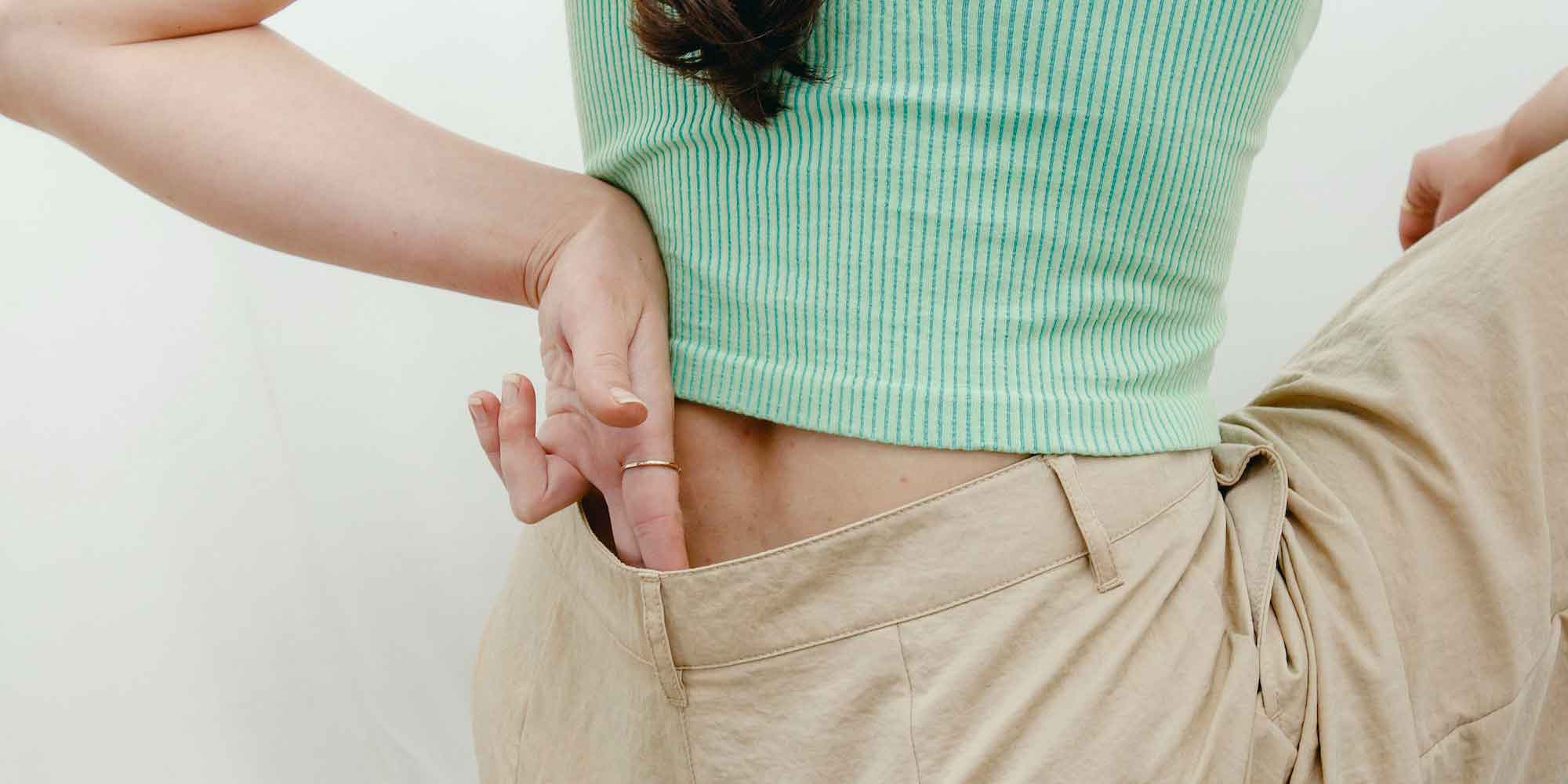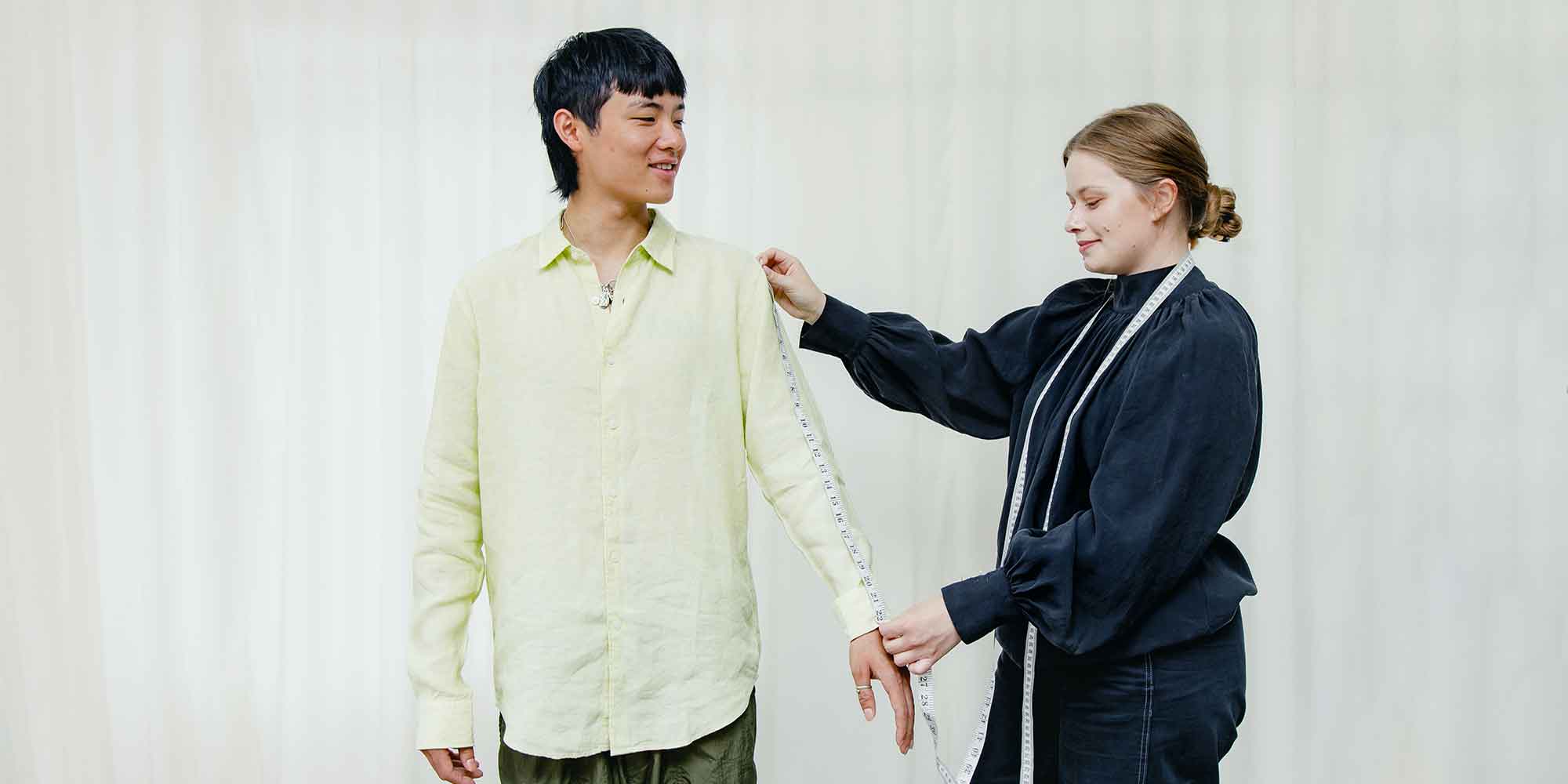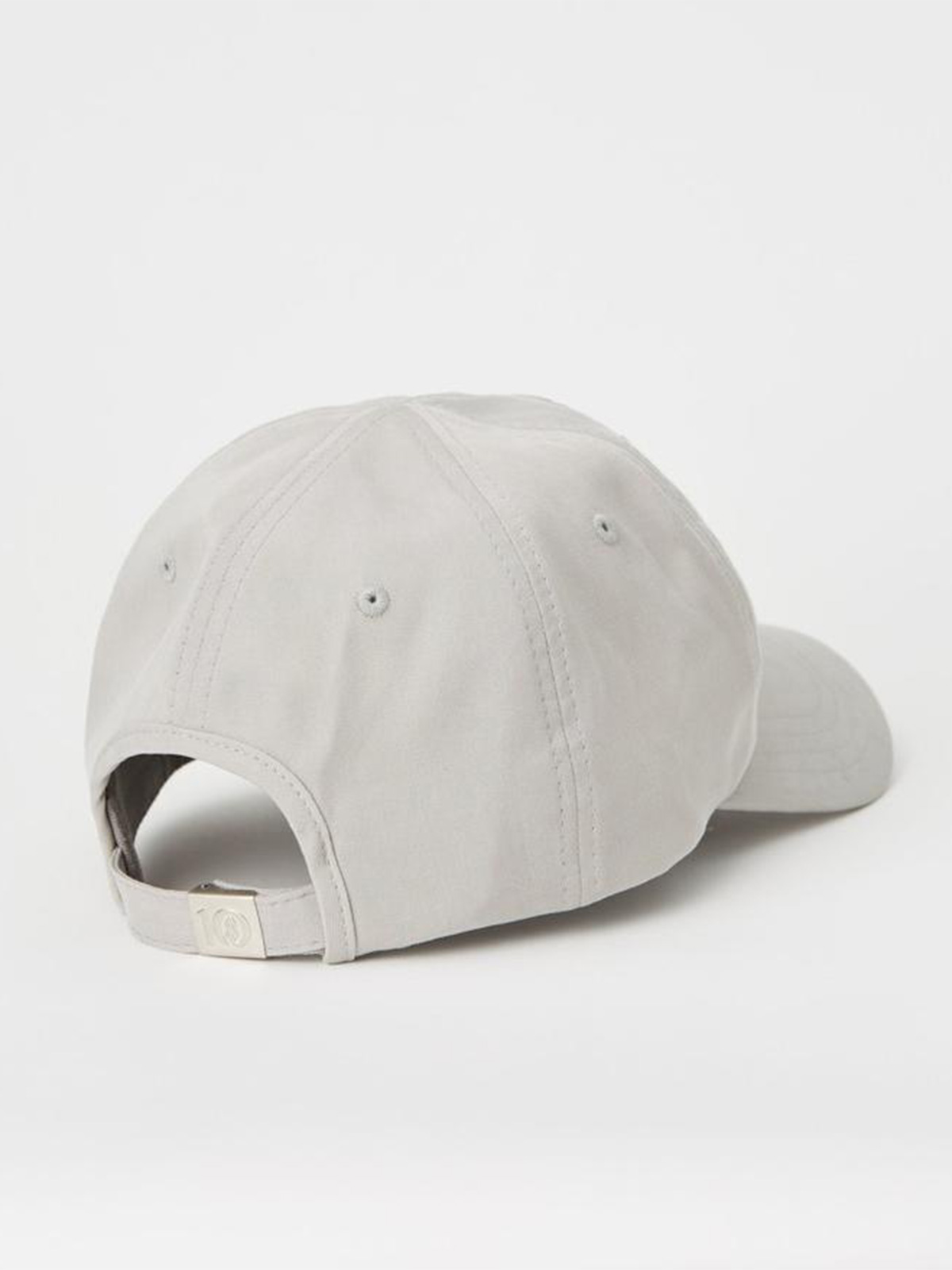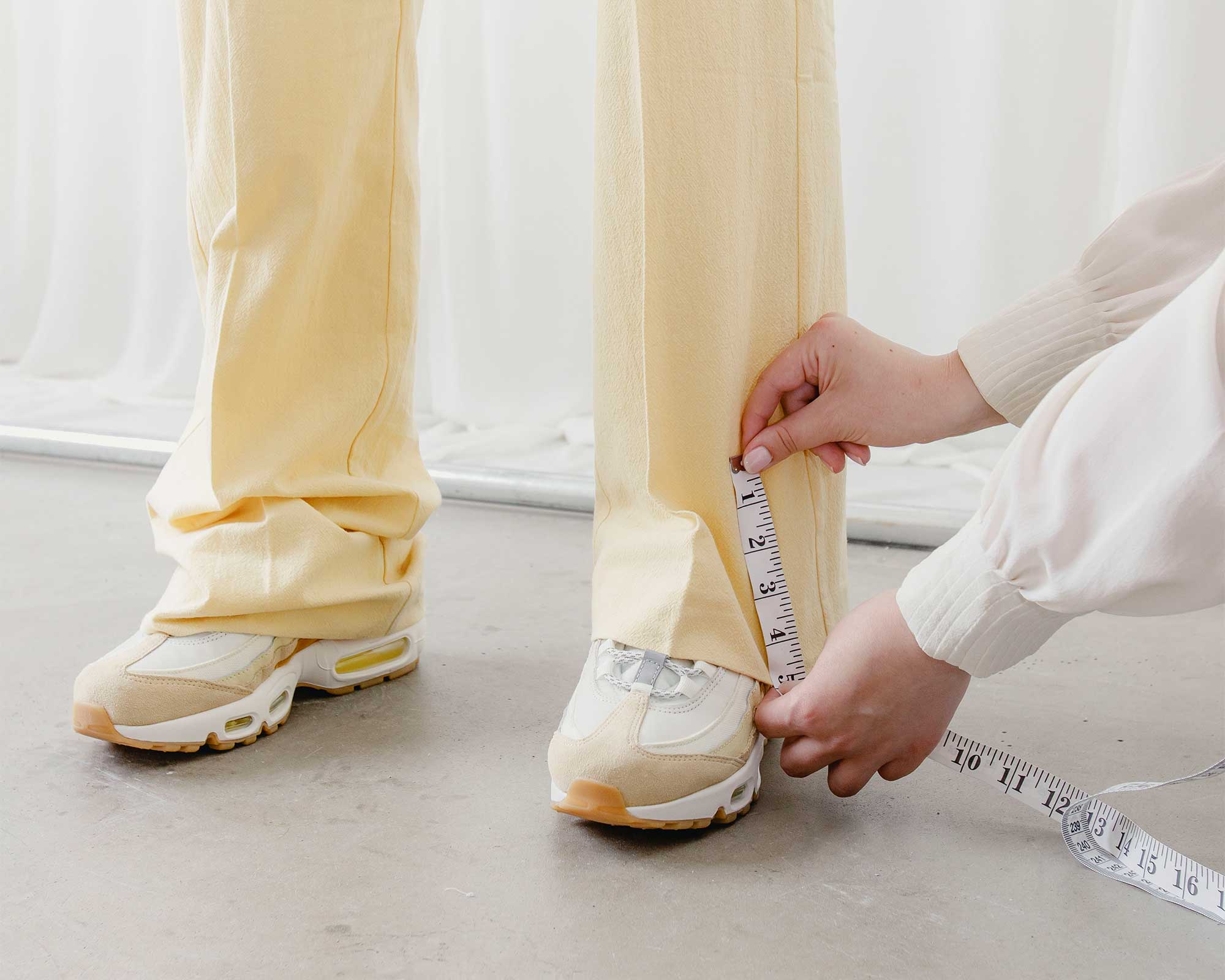Let’s face it, even the most ethically produced garment, with the most extensive list of sustainability credentials, won’t stand up to the 30 wears test if it doesn’t fit well and give you the confidence to make it a go-to garment. Clothing fit is one of the most personal elements of wardrobe longevity and involves an increasing amount of guesswork for consumers. Below, we share some of the history behind the world of clothing fit as we know it and unpack how alterations can change the game. Keep reading to discover how altering your clothes can help you achieve a more sustainable wardrobe
The flaws in standardised sizing

The first en-masse size standardisations for garment manufacturing were put forth in 1958. Initially, body measurements from a large sample group were taken and averaged to create early size charts. Though technology has replaced manual measurements with 3D body scans, this precision hasn’t helped the average consumer navigate the confusing realm of clothing fit—especially when it comes to online shopping.
The key flaw in standardised sizing systems is not the accuracy of measurements but rather the notion that averaging proportions will still offer a good fit to a wide range of people and bodies. In the words of tailor Philip Sparks, “We must recognise that people are left out of the fashion system because it is systemised.” While an important tool in clothing fit, measurements become redundant when they are universally applied to unique shapes and proportions.
To add to the confusion, the introduction of ‘vanity sizing’ has continuously eased sizes and shifted standards on the basis of a slim ‘ideal’ body type. The assumption is that if a woman finds herself wearing a size 10 in jeans at Levis and an 8 at GAP, her loyalty will fall with the latter brand. A women’s size 12 in 1958 now matches a contemporary size 6.
Beyond the failings of typical size charts, there is also an incredible lack of size representation above a UK size 12. Aja Barber writes, “The fashion industry has, noticeably, always failed to invite bigger bodies to the party.” Even where brands do offer a more inclusive range of sizes, consumers often complain of lazy pattern grading, leading to poor fit or awkward proportions.
Poor fit fills landfills

With poor-fit cited as the number one reason for clothing returns, it’s no wonder that solving size is a necessary overhaul for an industry that’s landfilling some 13 million garments per week in the UK alone. However, with the price of garment manufacturing continually cheapening, many brands find restocking returned products more expensive than sending them to the bin.
Second hand shopping, which is typically a more sustainable alternative to buying new, is also hampered by issues of poor fit. Reccommerce, as it’s known, usually doesn’t come with the option to return items in case of poor fit. There is also typically only one size available in each item, making a well-fitting thrift an even more challenging option than buying new. Not to mention the issues surrounding thrift flipping that leaves even fewer larger size options up for grabs!
Making fit part of the fashion experience

At The Seam, our solution to ill-fitting, unloved clothes lies in making alterations part of the everyday experience of consuming clothes.
When buying clothes online, we always recommend taking your own measurements and aligning them to the brand’s size chart without restricting any one number. This means that if your bust and waist measurements align to a size 16 and your hips to a size 18, you should opt for the larger size! Clothing is always easier to take in than let out, so following this rule sets you up to work with an expert and craft the perfect fit.
Taking your clothes to a local tailor—or even having them come to you via The Seam if you’re based in the UK—offers a personalised approach to the perfect fit. It also has a lasting impact on longevity, which is one of the most sustainable steps you can take for your wardrobe.
A study from Greenpeace suggested that the ‘high’ we experience upon buying a new garment wears off for around two-thirds of people after just a day. Yet, we usually find that after taking a garment through the experience of being altered or personalised, the relationship between wearer and garment is strengthened exponentially.
Making alterations more accessible and incorporating them into the routine of buying new clothes also helps mitigate some of the body insecurities that come with fashion’s chaotic sizing systems and dissatisfactory clothing fit. One size cannot and should not fit all.
Making alterations more accessible...helps mitigate some of the body insecurities that come with fashion’s chaotic sizing systems and dissatisfactory clothing fit. One size cannot, and should not fit all.
Working with a Maker isn’t just a fix for new purchases but offers a tailored solution for those back-of-the-wardrobe garments that may no longer fit due to natural changes in our bodies or even in our tastes. Reworking something we’ve outgrown, whether in style or fit, is an opportunity to transform something that would be discarded or unworn into something we can cherish for years to come.
Fashion Revolution Cofounder and Advisor to The Seam, Orsola de Castro, says, “The most sustainable garment is the one already in your wardrobe.” Bringing a trusted Maker into the fashion equation opens up the possibilities within our existing wardrobes and strengthens our bond to what we already own.
Author bio: Founded in London in 2019, The Seam is a platform that connects customers with local specialist Makers to alter, repair, and transform clothing to increase wardrobe longevity and ensure that good fit is available to all.



















